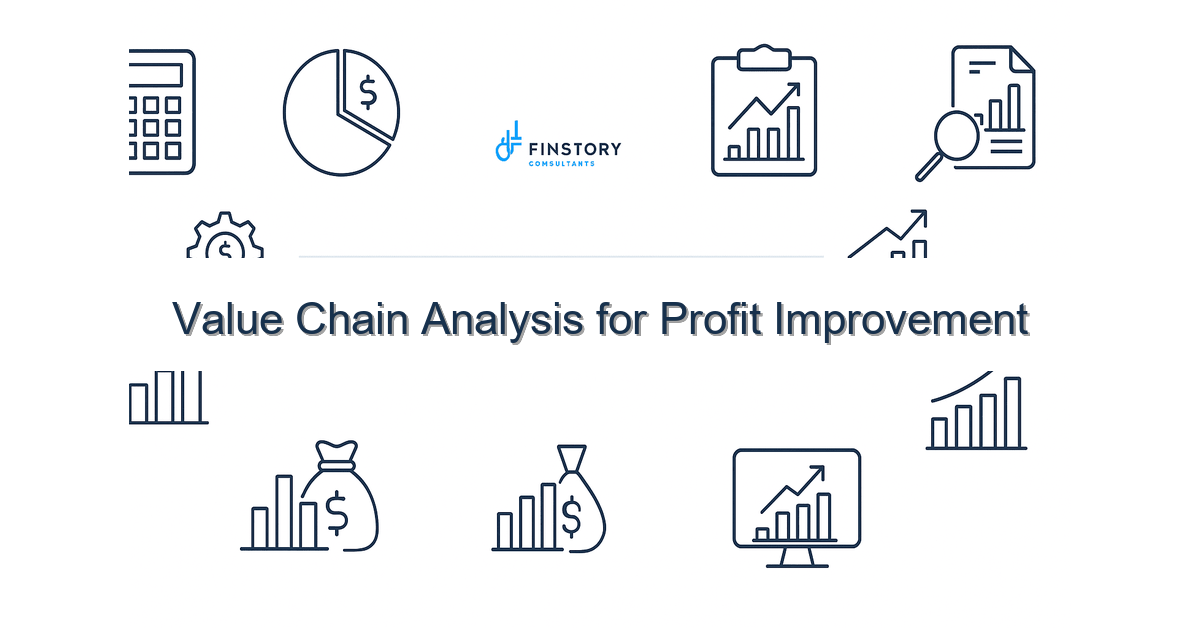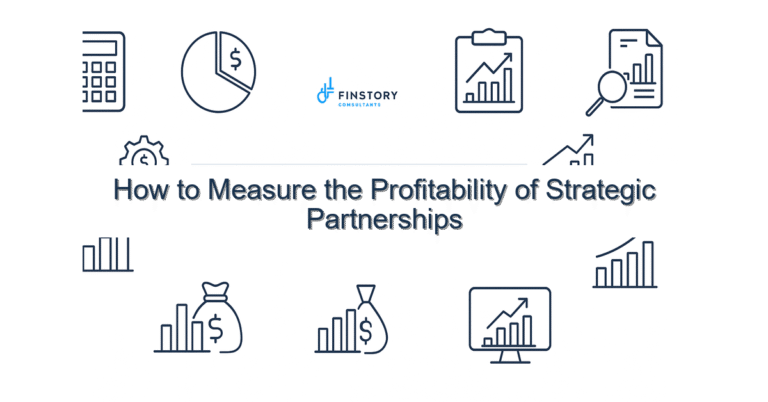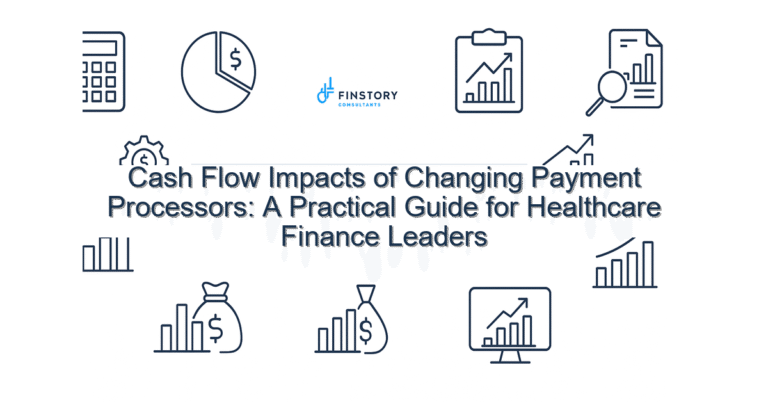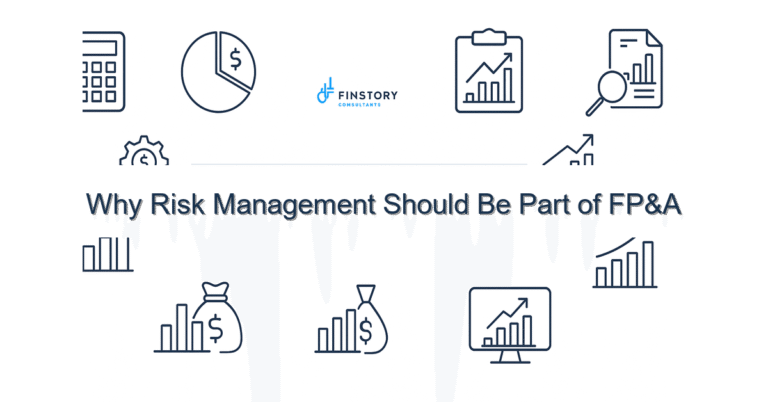Value Chain Analysis for Profit Improvement
You care about patient outcomes and the balance sheet at the same time. It’s frustrating when costs creep up and no one can point to where the profit leak really is. You’re not alone—finance and operations leaders in healthcare face that tension every day.
Summary: A focused value chain analysis surfaces the processes and costs that drive margin—allowing you to prioritize high-impact changes. In short: map your care and support activities, quantify cost-to-serve, target the biggest value gaps, and capture measurable profit improvement within quarters.
What’s the real problem?
At its heart, the problem is visibility. Teams know they’re losing money but can’t connect outcomes to specific steps in the service delivery process. That’s where value chain analysis comes in: it ties activities to cost and to value delivered.
- Poor visibility into per-procedure or per-patient costs—especially indirect and shared services.
- Decisions made on headlines rather than activity-level drivers (supply mix, length of stay, scheduling gaps).
- Siloed data between clinical operations and finance—no single source of truth for cost-to-serve.
- Repeated process waste that’s accepted as “how it’s always been done.”
What leaders get wrong
Many teams try to fix margins with price changes or across-the-board cuts. Those are blunt instruments. Value chain analysis in healthcare is about surgical precision—finding the exact activities that erode value.
Common pitfalls:
- Chasing headline savings (e.g., vendor rebates) while ignoring operational waste with larger cumulative cost.
- Over-relying on averages. Averaging hides the high-cost, low-value outliers that kill margins.
- Designing initiatives without a measurable baseline or a linked ROI model.
- Letting IT backlog or reporting gaps delay action—analysis must be pragmatic and iterative.
A better approach
Use value chain analysis for profit improvement as a disciplined, repeatable practice. Define the activities, quantify costs, and prioritize where to act.
Simple 4-step framework:
- Map the value chain. Break the clinical and support pathways into discrete activities—intake, diagnostics, OR prep, post-op, billing, supply management.
- Attribute costs. Combine direct costs (supplies, labor) with allocated indirect costs (sterile processing, imaging support) to get a true cost-to-serve per activity.
- Assess value and variability. Score each activity by clinical value and cost variability—look for low-value, high-cost activities first.
- Design targeted interventions and measure. Pilot the change, measure throughput and cost impact, then scale what works with automated reporting.
Real-world story: a mid-size hospital used this method to examine their orthopedics value chain. By reallocating scheduling, standardizing implant choices, and improving sterile processing turnaround, they cut per-case cost by 12% and increased monthly OR utilization by 8%—turning a recurring loss into a profitable service line within nine months.
Quick implementation checklist
- Identify 2–3 high-cost service lines to pilot value chain analysis (e.g., orthopedics, cardiology).
- Create a one-page map of the patient journey for each service line this week.
- Collect the last 6 months of case-level data: supply spend, labor hours, length of stay, and throughput.
- Estimate indirect allocations (sterile processing, imaging support) with a simple time-driven allocation.
- Run a quick variability report: top 10% vs bottom 10% cost drivers per procedure.
- Identify 2 pilot interventions with expected ROI and a 90-day measurement window.
- Stand up a single Power BI dashboard for the pilot with daily updates and one controller owner.
- Schedule weekly 30-minute huddles between finance and ops to act on the data.
What success looks like
Success is measurable. Examples of outcomes you can expect:
- Improved cost accuracy: activity-level costing accuracy moves from 60% to 90% within a quarter.
- Cycle time reduction: scheduling-to-procedure lead time reduced by 20–40%.
- Supply spend: per-case supply cost reduction of 8–15% on standardized pathways.
- Throughput improvements: OR or inpatient throughput increases 5–10% with the same resources.
- ROI: pilot investments returned within 3–9 months thanks to reduced waste and higher capacity.
Risks & how to manage them
Three common risks—and how to mitigate them:
- Risk: Data gaps or poor data quality. Mitigation: Start with a manageable pilot dataset and use pragmatic allocations. Augment with time-driven activity sampling where needed.
- Risk: Clinical resistance to perceived “cost-cutting.” Mitigation: Frame value chain analysis around improving clinical outcomes and reducing non-clinical burdens—co-design changes with frontline clinicians.
- Risk: Measurement drift after pilot. Mitigation: Automate reporting (Power BI, finance automation) and assign a controller or FP&A lead to own sustained measurement.
Tools & data
Practical tools speed this work. Combine finance automation with BI and leader-facing reports to turn insight into action.
- Finance automation to ingest GL, AP, and procurement data and produce case-level cost exports.
- Power BI or another visualization layer for daily leader reporting and drill-downs into activity costs.
- Leadership reporting packs that translate activity metrics into decisions—capacity, staffing, supply strategy.
Use automation to eliminate manual reconciliation, freeing your finance team to focus on analysis and decision support.
FAQs
What exactly is value chain analysis?
Value chain analysis maps each activity required to deliver care and assigns costs and value to those activities so you can find where to improve profitability without harming outcomes.
How long does it take to see results?
With a focused pilot, many teams see measurable cost reductions or throughput gains within 3–9 months. Quick wins—like scheduling changes—can show impact in weeks.
Do we need new systems to do this?
Not necessarily. You can start with existing finance and operational data, plus one visualization tool. Finance automation and Power BI make scaling faster.
Can this approach harm quality?
If done well, value chain analysis protects and improves quality by eliminating non-value activities that distract clinicians or delay care. Always co-design clinical changes.
Next steps
If you’re responsible for margins and operations, start with one service line and a 90-day pilot. Use the checklist above, set a measurable baseline, and automate leader reporting so you don’t lose momentum.
Want help running the pilot and turning findings into disciplined, repeatable profit improvement? Our team at Finstory specializes in value chain analysis in healthcare—from mapping to dashboards and training. We connect finance automation, Power BI, and leadership reporting into a workflow your teams will actually use.
Call to action: Contact Finstory to start a value chain analysis for profit improvement. We’ll scope a pilot, stand up dashboards, and hand it to your team with measurable KPIs.
Useful Finstory resources: our cost-to-serve analysis guide, finance automation services, and the playbook on driving margin in healthcare.
Work with Finstory. If you want this done right—tailored to your operations—we’ll map the process, stand up the dashboards, and train your team. Let’s talk about your goals.
📞 Ready to take the next step?
Book a 20-min call with our experts and see how we can help your team move faster.
Prefer email or phone? Write to info@finstory.net
or call +91 44-45811170.






